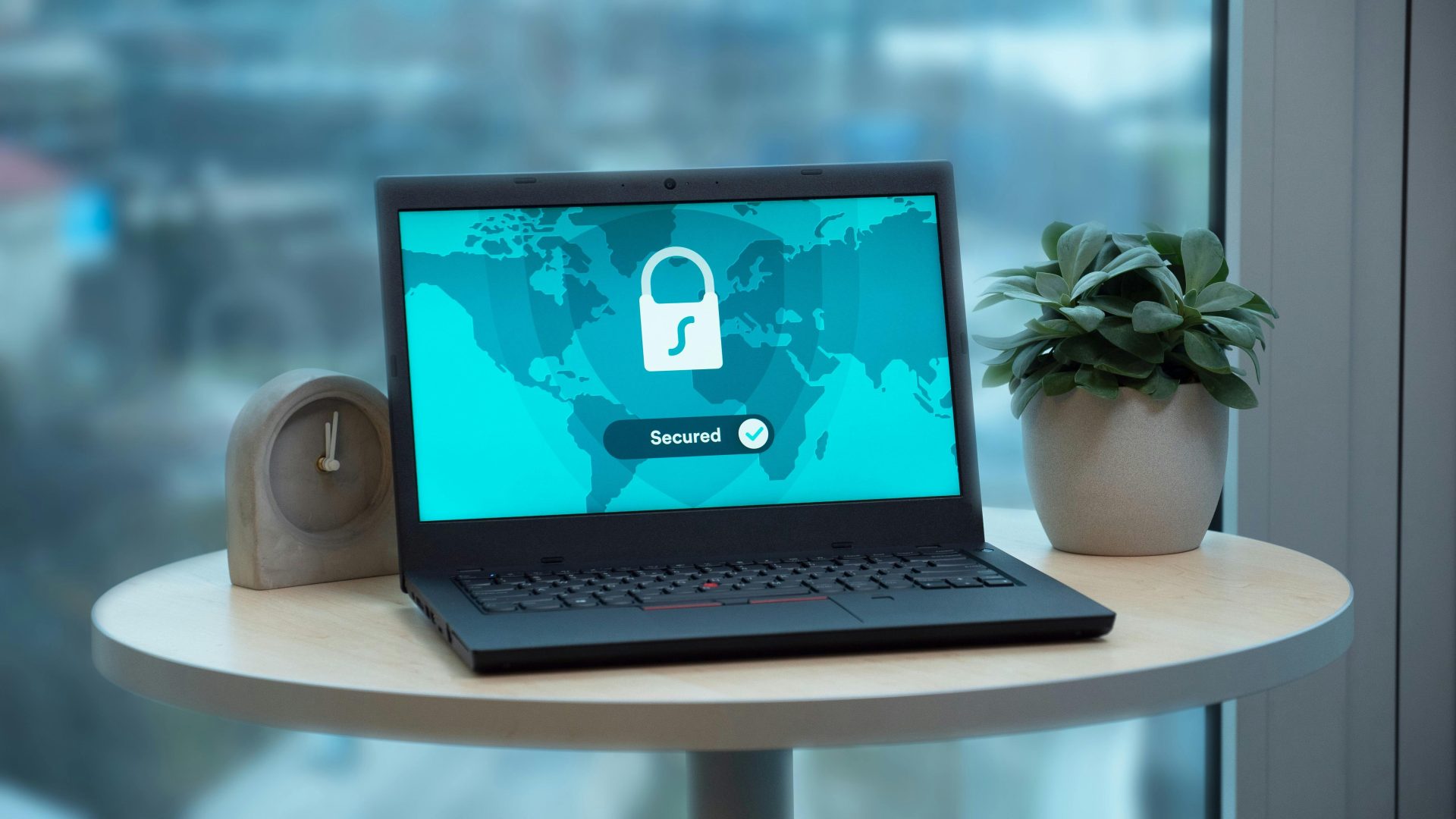It seems that 95% of people are either indifferent to or skeptical of the messages being shared by the “whistleblowers.” So, what’s our next step? Should we consider rebranding the disclosure campaign, or is it time to just abandon it altogether?
The message isn’t resonating as intended. Whether due to fear of ontological shock, resistance to new ideas, or other factors, it’s clear that our current approach isn’t effective.
Even congressional testimonies have made little impact. The videos from Jeremy Corbell and Jake Barber reached only a small audience, and any “real” evidence presented online is often dismissed by skeptics and gatekeepers. Topics like psionic assets or CE5 are met with ridicule.
So, where do we go from here?

It’s frustrating to see so much effort go into disclosure when the message doesn’t seem to resonate with the majority. The skepticism and indifference you mentioned are significant hurdles, and it’s clear that simply presenting evidence won’t shift public perception overnight.
Rebranding the disclosure campaign could be a viable option. Instead of focusing solely on the sensational aspects, it might be beneficial to frame the discussion around broader themes that could engage more people—such as scientific curiosity, the pursuit of truth, and the implications for humanity. Emphasizing stories of personal experience and community engagement might make the subject more relatable and less polarizing.
Also, grassroots efforts could play a key role. Engaging local communities through discussions, workshops, or even social media campaigns focused on curiosity rather than controversy could open up new channels for dialogue. Collaborating with educators, scientists, and influencers who are open to these discussions could also help in reaching a wider audience.
Ultimately, patience and persistence are essential. Changing public perception is a slow process, and it may require a multifaceted approach that combines rebranding with sustained outreach and education. What do you think? Are there specific strategies that might help bridge this gap?